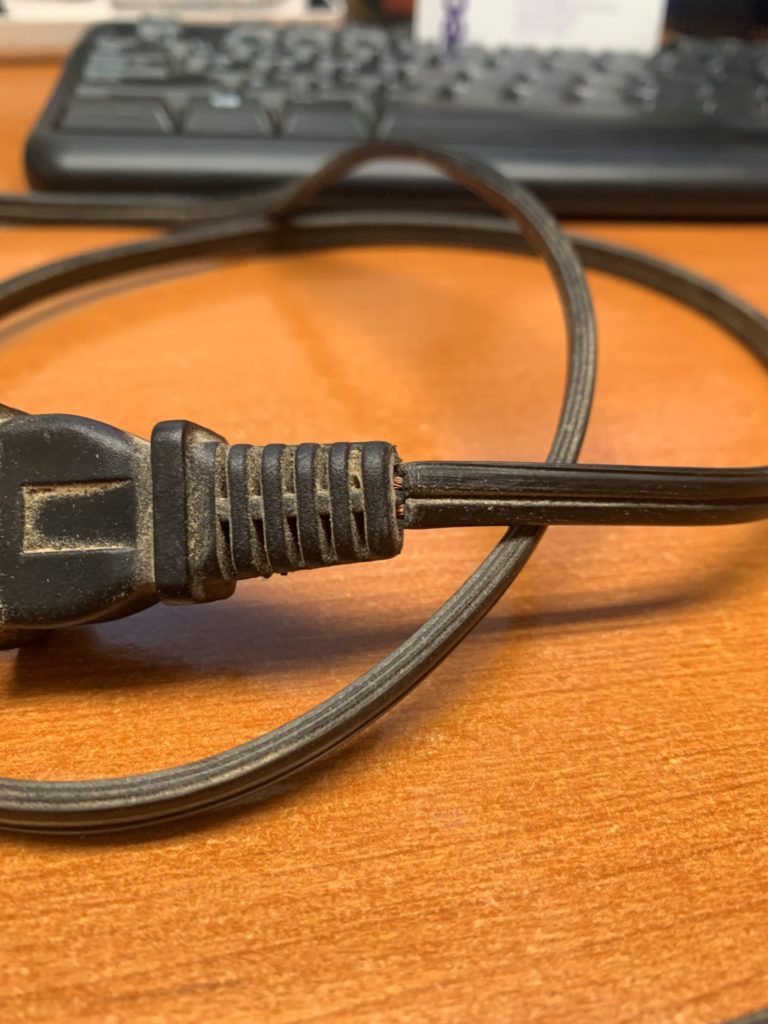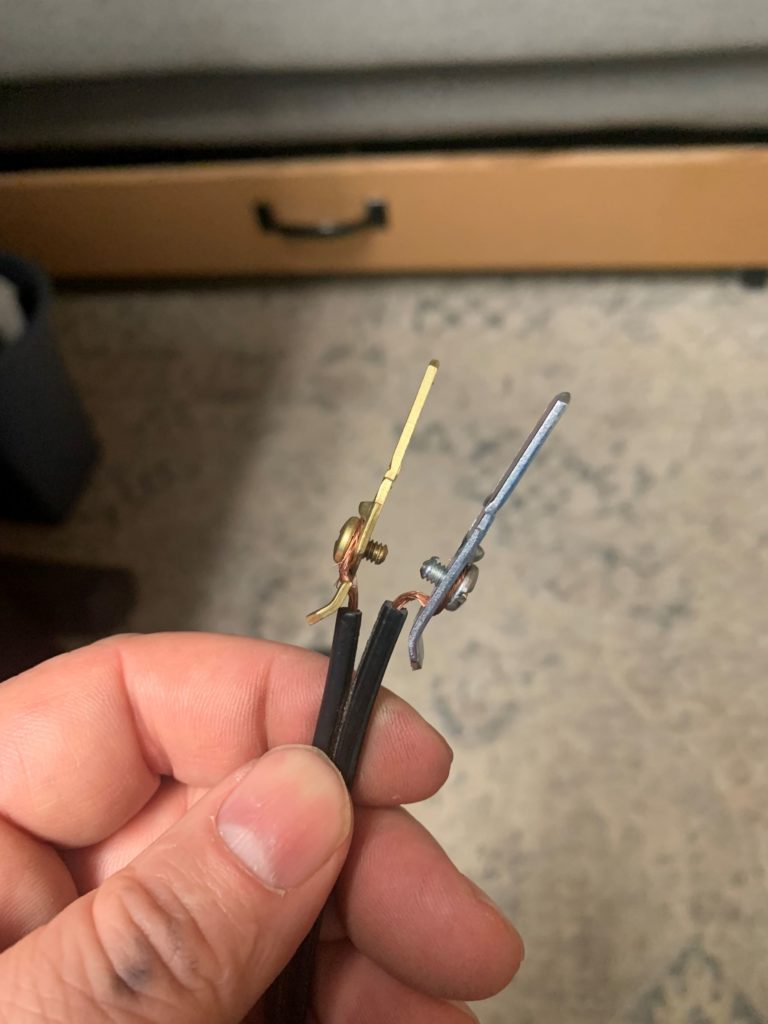Have you heard that you can be owned by your stuff? As a preparedness minded person, I definitely have more stuff than I need because I have duplicates of a lot of tools and an inventory of supplies and consumables. That being said, I am also frugal when it comes to many things.
So for instance both of my vehicles have been paid off for five years. I am not looking forward to another car payment. Just looking, it seems like we will have significant payments for a reasonably new car ($800/mo). I am delaying as long as possible. But, my Lincoln Navigator is showing some problems. There is some sort of electric draw that is killing the battery overnight.
As a good preparedness person, I have a battery jumper, jumper cables, battery chargers etc. My first go to is the jumper. It requires the least amount of effort to start the car. But, my jumper is anemic. I think I looked up and it only has 300 cold cranking amps. My car battery is 700 cold cranking amps, so a true dead battery isn’t touched by the jump pack. Having dawdled around with this for a number of situations, I really need to get a bigger jump pack.
When I went to go plug this unit back in to keep the battery charged, the cord arced. Upon closer inspection, the molded plug was severed nearly in half. On closer inspection, both sides had visible wire when the cord was bend ninety degrees to the attached end.. This wasn’t sabotage, but cheap materials. I think in the cold shop, the plastic insulation on the outside of the wire cracked to the point that the wires were exposed. In the photo below, if you look carefully you can see the exposed wires on the male end of the plug.

Now what? Good luck finding a replacement cord for a no-name jump pack that is 8-10 years old. I know, I will repair it if I can. Fortunately, I found the right male/female replacement ends for a total of $7. Incidentally, while browsing for an upgraded jump pack, I found a replacement cord for $10. The advantage to my strategy (repair) is that I know these parts will fit because I have already tested them.
This is not a hard process but there are a couple of tricks. The hardest part is figuring out how to disassemble the replacement plugs. But the first thing is to keep the polarity of the plug on the right (or same) side. Some cords have a stripe down one of the wires, this one has a rib. Said another way, in this cable one wire is ribbed the other is smooth.
It doesn’t matter which side you pick but stay consistent, especially if you are only replacing one plug. The neutral on a two wire setup is the bigger of the two prongs (or holes). The neutral on the male end should end up as the neutral on the female end of the plug.

There is a saying in electrical ‘Black on Brass’. Black is the typical color of the hot wire. White is the typical color of the neutral. If there is a choice of materials, the hot wire should land on the brass connector. I don’t know this as a fact but I think that brass probably has better heat resistance and therefore resists a screw backing out better than aluminum or steel.

With these particular replacements, they came with two different colored connectors. So, I chose the ribbed wire as the neutral and connected each end to the silver side. The other side were connected to the brass terminals. That is it, the cord is repaired.
End Your Programming Routine: Since this unit has proven nearly useless as a jumper (on my vehicles), it doesn’t mean it can’t be useful. For instance, it makes a hell of a phone/tablet/computer charger. So, I am in the market for a more appropriately sized jumper but now that this is going again I am going to keep it around as two are one.
Recent Comments